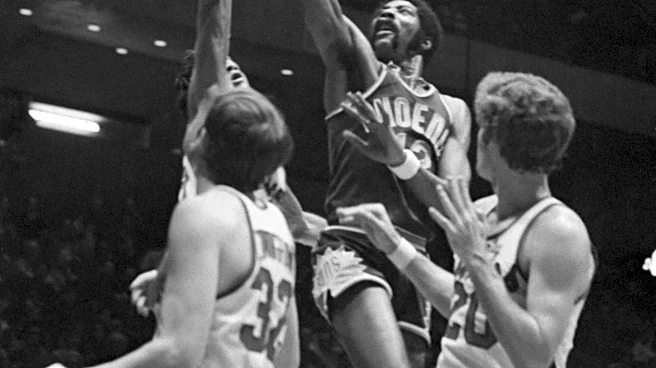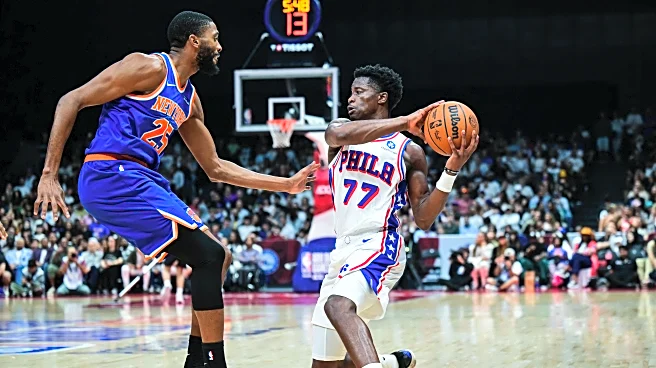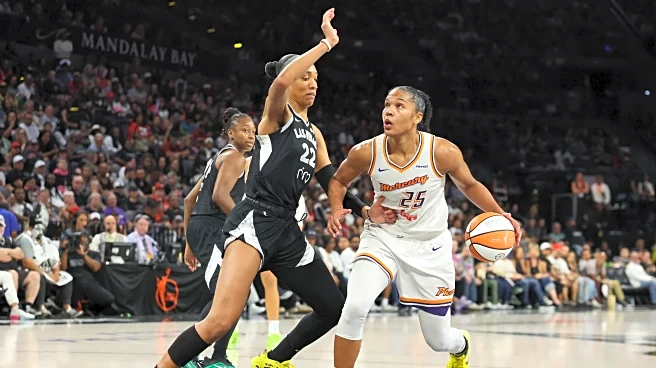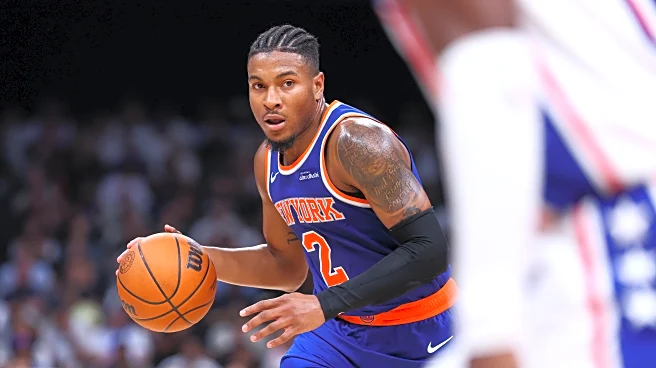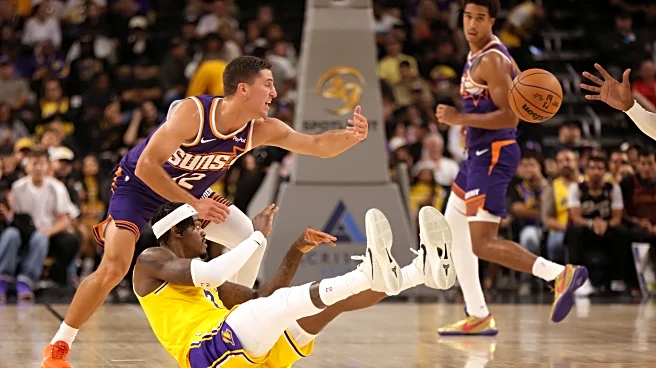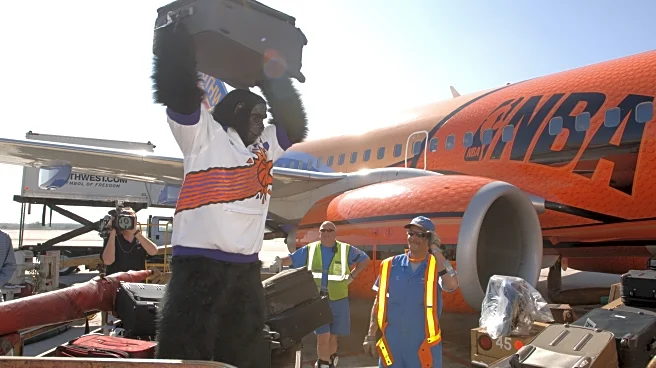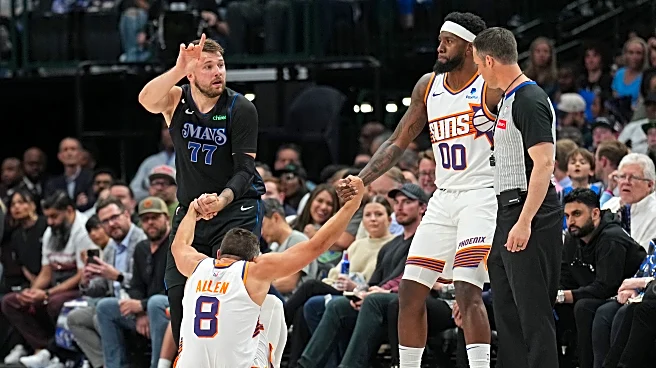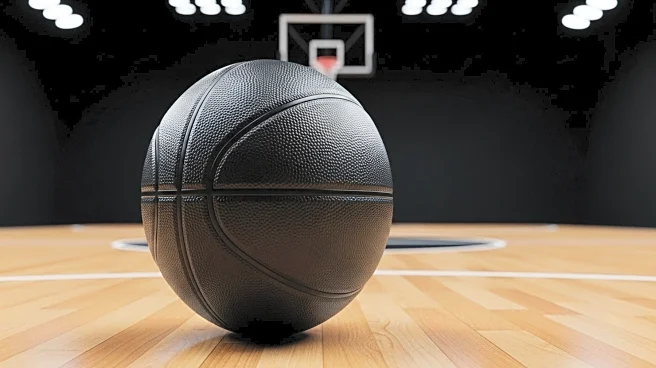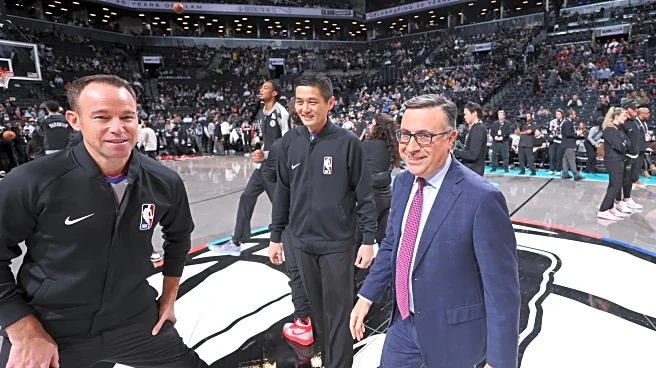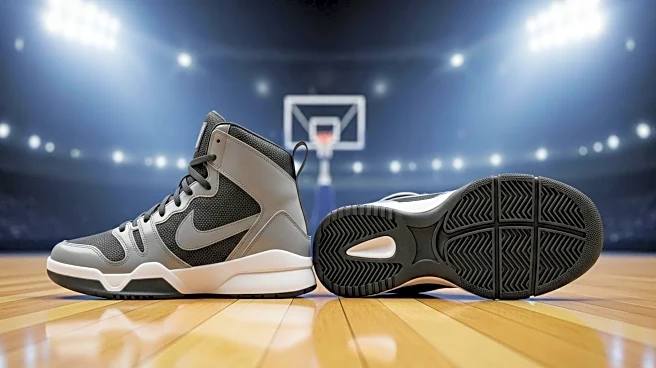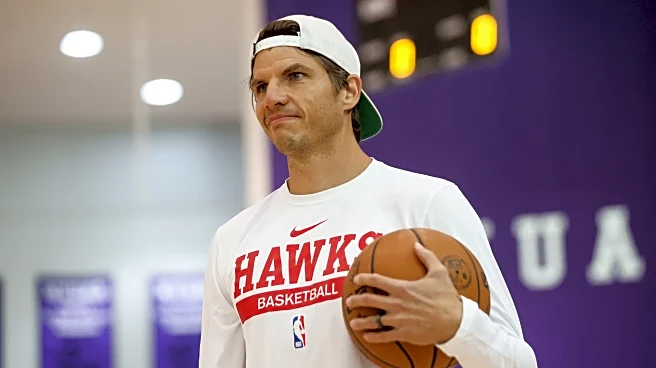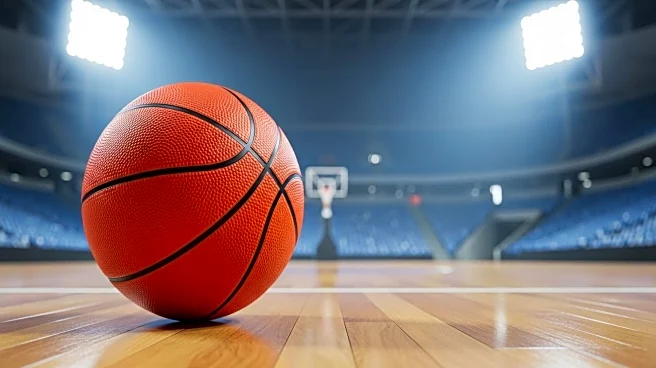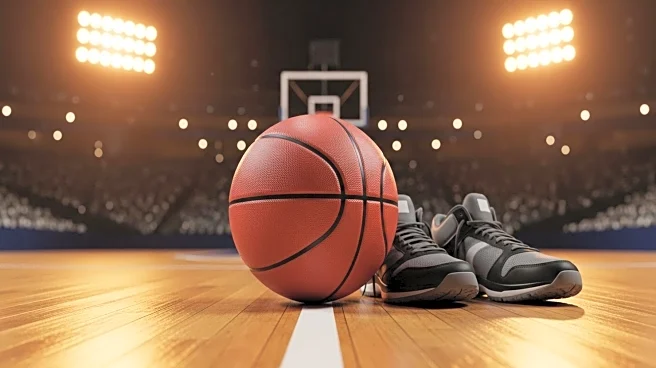For practical purposes, the modern age of basketball started in the ABA with Julius Erving, who arrived in 1971, and David Thompson, who arrived in 1975. Both of them were electrifying players but Erving in particular caught the popular imagination. Even without a TV contract, people across the country knew about Dr. J and what he could do on the court.
They were the ambassadors of a new game, if you will, but there were signs of what was to come. Earl Manigault’s personal demons kept him from rising
very far, but Kareem Abdul-Jabbar once called him the best player he had ever seen. Pete Maravich had wild skill but the NBA traditionalists frowned on his game, calling him a hot dog.
And then there was Connie Hawkins, and as you’ll see here, Hawkins was a prophet of basketball to come.
Hawkins got to Iowa in 1960 and as a freshman could not play. Although he could not fix games a freshman since he couldn’t play, and had no role in the 1961 point shaving scandal that nearly destroyed UNC basketball and also affected other ACC schools, Hawkins was kicked out of Iowa and no one would offer him a scholarship. The NBA effectively blackballed him and formally banned him in 1966.
He started professionally in the ABL, which soon folded, then spent a few years with the Harlem Globetrotters. In 1967, he joined the ABA while he waited for a lawsuit against the NBA to proceed. The league settled with Hawkins in 1969 and he started his career there with Phoenix.
Hawkins was very good in the NBA but he already had knee problems and his career was relatively brief. Nonetheless, he was an All-Star in the ABL, the ABA and NBA and his game was where basketball was going.
Larry Brown, who grew up in New York and played at UNC before starting a long coaching career, said that He was “Julius before Julius, he was Elgin before Elgin, he was Michael before Michael. …. He was simply the greatest individual player I have ever seen.”
